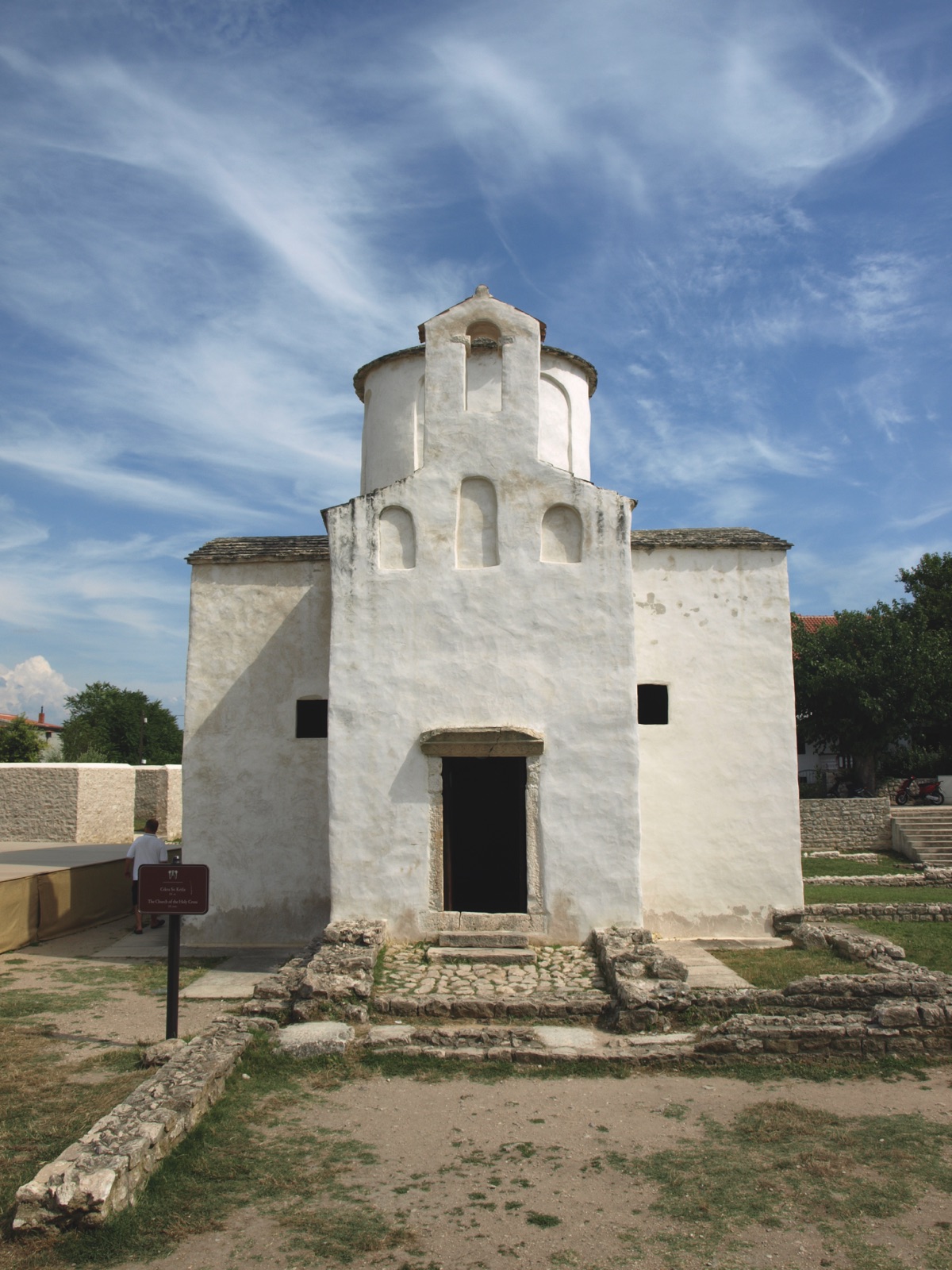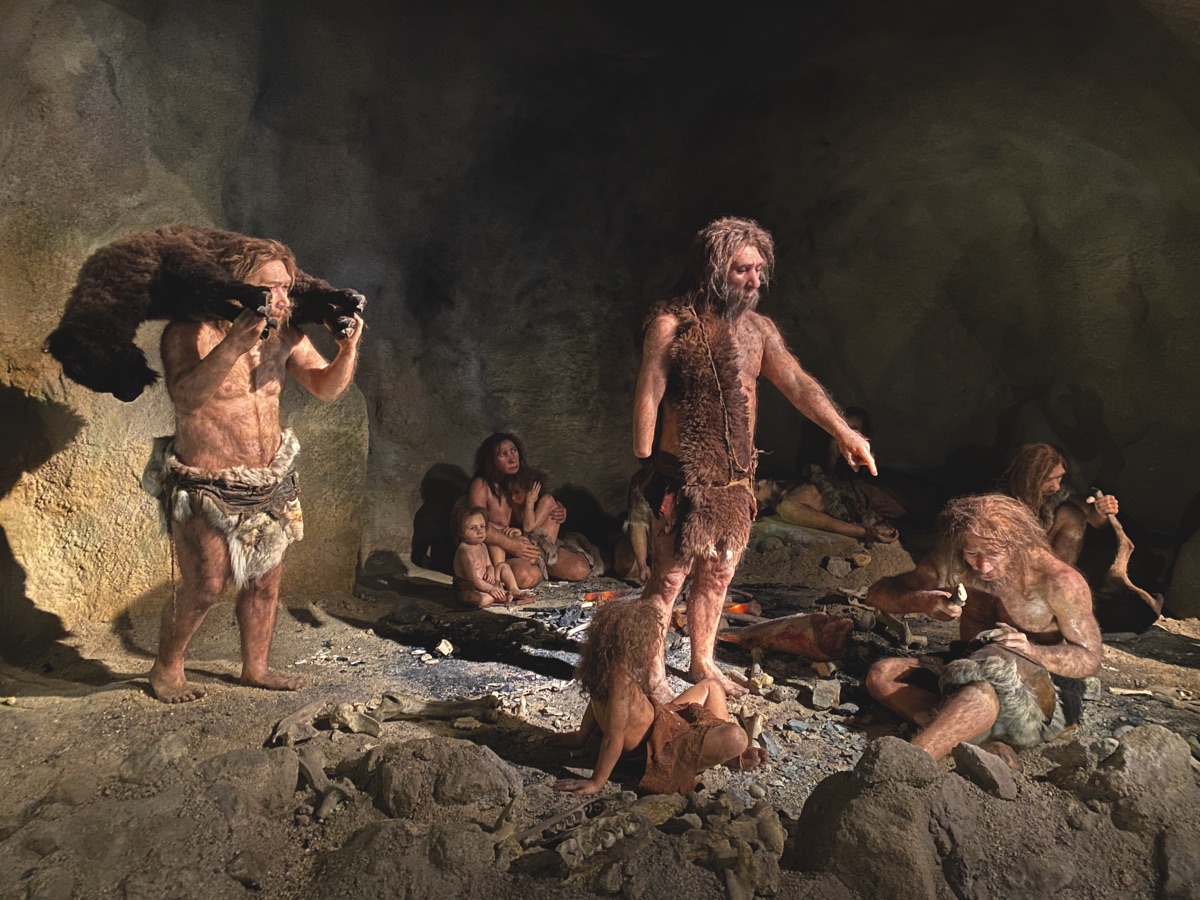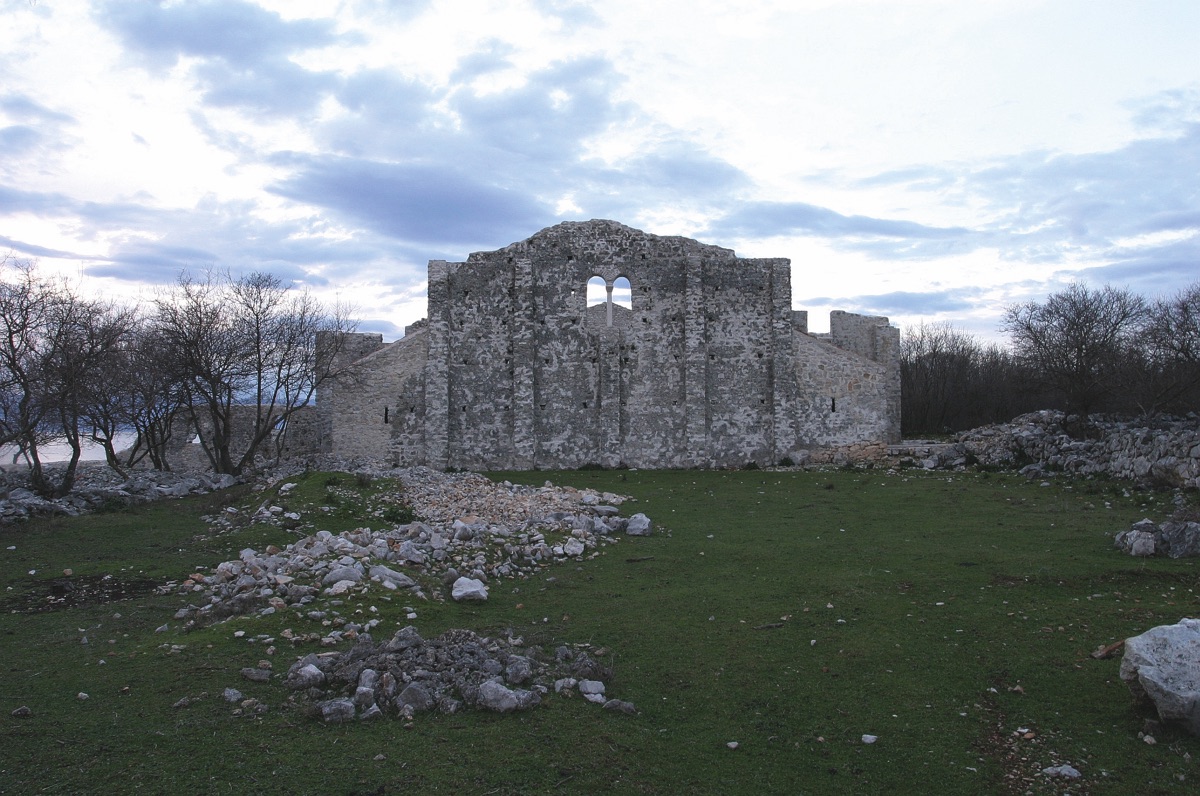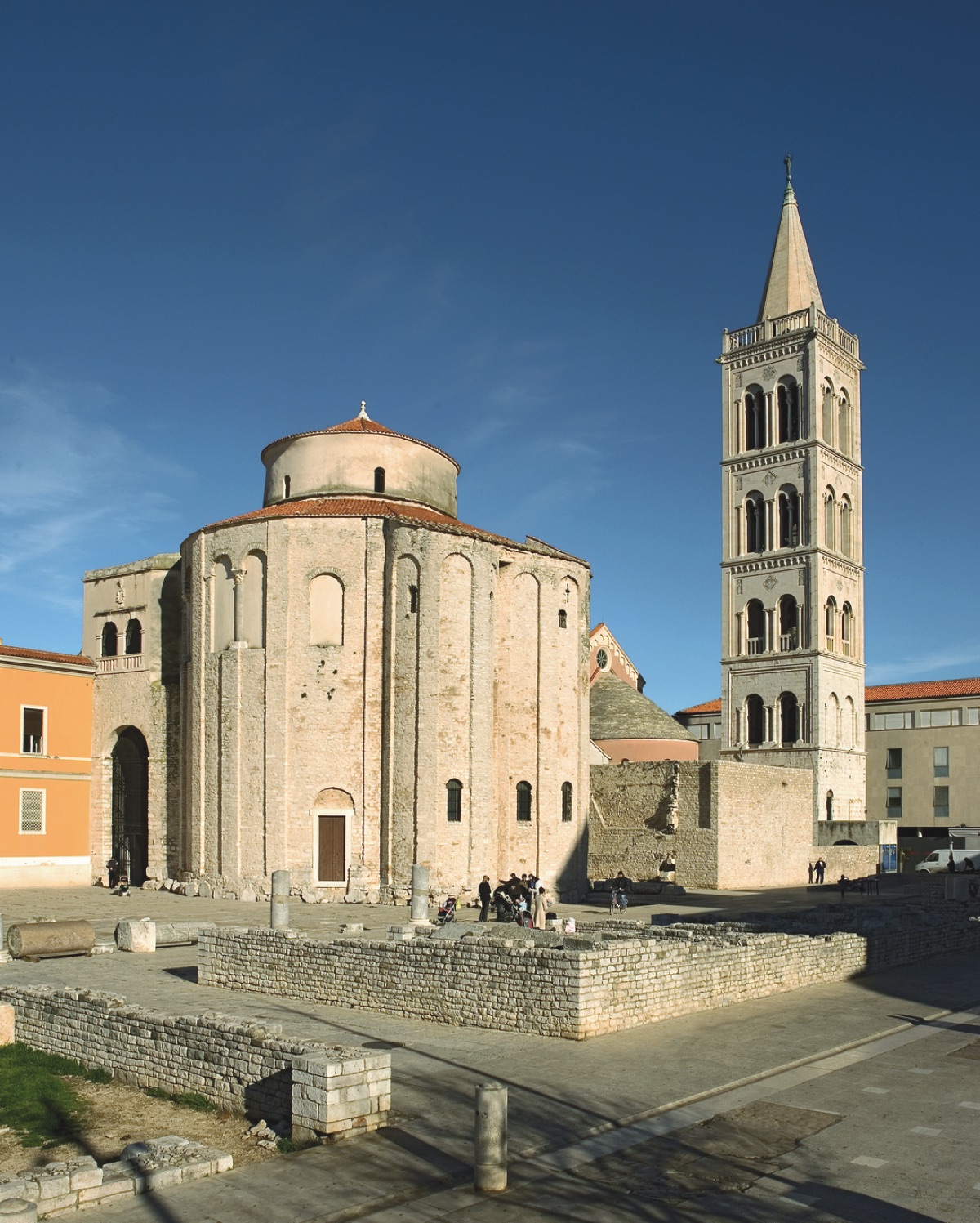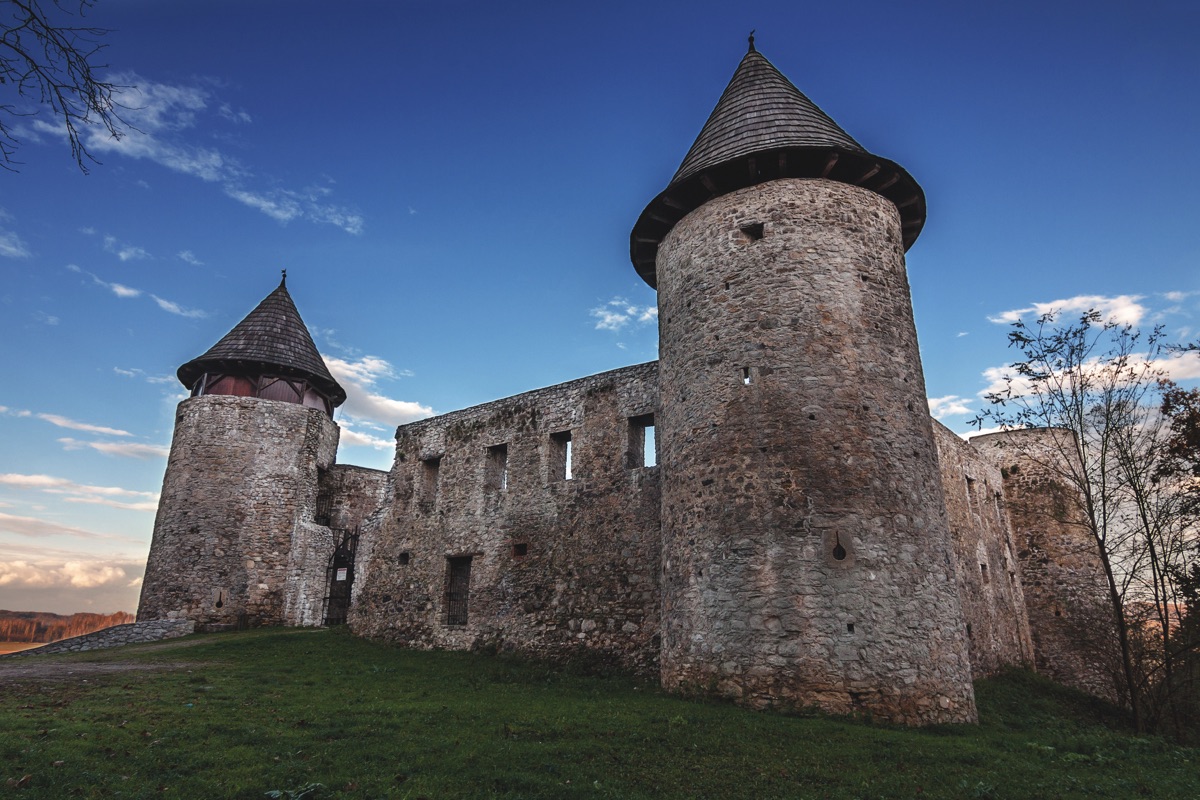
Text: Sanjin Mihelić; Photo: Archive
Croatia has always been an intersection of various cultures
From the earliest prehistory, through antiquity and the Middle Ages, and until the Modern Age and present day, the territory of Croatia has always been an intersection of various cultures and traditions. This is on top of often diverse worldviews, whose interplay through the ages has helped lay the foundations and build the edifice of a modern European country, proud of its rich and diverse origins.
Only a year after the first 12 properties were inscribed on the UNESCO World Heritage List in 1978, three Croatian sites also made it onto there – the Historical Core of Split with the Palace of Emperor Diocletian, the Old City of Dubrovnik, and the Plitvice Lakes National Park. Since then, the Croatian segment of the list has grown, with a few other outstanding sites: Euphrasius’ basilica in Poreč, the Historical City of Trogir, Saint James’ Cathedral in Šibenik, and Starigrad Plain on the island of Hvar, in addition to three other transnational sites.
While one cannot overstate the beauty, importance, and cultural significance of these sites, they represent only the tip of the iceberg of countless archaeological and historical cultural monuments, which together make Croatia a unique cultural and historical landscape.
An exhibition is touring European capitals
The incredibly rich Croatian legacy has been explored and synthesised by the Archaeological Museum in Zagreb in an exhibition titled ‘Croatian Archaeological Heritage’, which was developed in cooperation with the Croatian Ministry of Foreign and European Affairs. The exhibition first opened in Brussels in 2011, and then began a tour of European capitals.
After London, Dublin, Budapest, Helsinki, Vilnius, and a number of other cities, the exhibition arrived in Prague, where it will remain on display at Skleňák Gallery until March, with the prospect of also visiting other Czech cities during the year. The exhibition in Prague was organized by the Croatian Embassy to the Czech Republic and Prague 6 District, on the initiative of the Croatian Ambassador H.E. Ljiljana Pancirov, to mark the 30th anniversary of the international recognition of the Republic of Croatia. The exhibition was opened by Mr Jakub Stárek, Mayor of Prague 6, at a well-attended public ceremony on 11th January.
Two dozen large-size posters, visible at all times as window displays at the Skleňák Gallery, lead the viewers through a journey of the most remarkable archaeological sites and monuments of this unique country. Throughout its history, continental Croatia generally belonged to Central European cultural, social, and political currents, unlike Adriatic Croatia, where the events and influences from the wider Mediterranean area often played a decisive role.
Learn about the particular features of different Ages
The ancient period in Croatia first started with the advance of the Greek colonists into the Adriatic during the mid-1st millennium BC, and reached its heyday with the establishment of Roman rule at the turn of the Common Era. Monuments of Greek architecture and culture are still visible today in several places on the Adriatic, most notably on the islands of Hvar (Pharos) and Vis (Issa), and in the surroundings of Split and Metković. A cultural property deserving particular attention is the Starigrad Field on Hvar island, an authentic cultural landscape, with a preserved system of land parcellation dating from the time of the first settlers from Greece. The most important Roman city in Croatia was Salona, the capital of the province of Dalmatia, originally an indigenous settlement and later a Greek and Roman colony. An important provincial centre at first, Salona rose to prominence in Late Antiquity as an important centre of the new religion – Christianity, which is corroborated by the attractively presented architectural remains in the Salona Archaeological Park, primarily the Christian complex at Manastirine.
Among the high points of the Croatian Early Middle Ages, one can underline the time of the flourishing of the medieval Early Croatian Kingdom under the native rulers between the 9th and 11th centuries. The core of this kingdom lay in the coastal part of the state, in the hinterland of the ancient Dalmatian centres of Zadar, Trogir, and Split. The towns of Nin, Solin, Knin, Šibenik, and Biograd were the most significant seats of the early Croatian monarchs. The many small pre-Romanesque churches are the most remarkable and best-preserved archaeological monuments of this period. From the 9th century onwards, a specific angular variety of the Glagolitic script (or Glagolitsa) developed on the eastern Adriatic coast, known, for example, from the Baška tablet dating from 1100 – one of the earliest stone inscriptions in the Croatian language.
In the late medieval and early modern periods, Croatian lands were divided once again, with the Venetian Republic exerting political and cultural influence over most of the Adriatic coast, the Kingdom of Croatia in union with the Kingdom of Hungary, and later with the House of Habsburg dominating the continent. The preserved archaeological and cultural heritage clearly demonstrates this dichotomy, as can easily be seen in the Gothic and Renaissance architectural features still prominent in many coastal and island towns such as Hvar, Trogir, Rab, and Dubrovnik, as well as in the corresponding monuments and urban complexes on the continent, such as a number of fortified towns and fortresses, of which Veliki Tabor, Medvedgrad, and Karlovac are the most notable examples.

Sanjin Mihelić
Sanjin Mihelić is an archaeologist and heritage professional with over twenty years of experience in cultural heritage and project management, currently the Director of the Archaeological Museum in Zagreb and the President of the Iron Age Danube Route Association.
He is the author of numerous exhibitions, such as The Neanderthal Trail and Trade and Exchange in Prehistory. A regular speaker at archaeological, heritage, and tourism conferences; author of dozens of scientific and professional papers; project manager; main organizer of the Sense and Sustainability Conference on archaeological tourism; organizer of the Festival of EU Archaeology. He is also a member of several cultural institutions’ management boards, and a member of a number of national and international archaeological and heritage organizations and associations.



